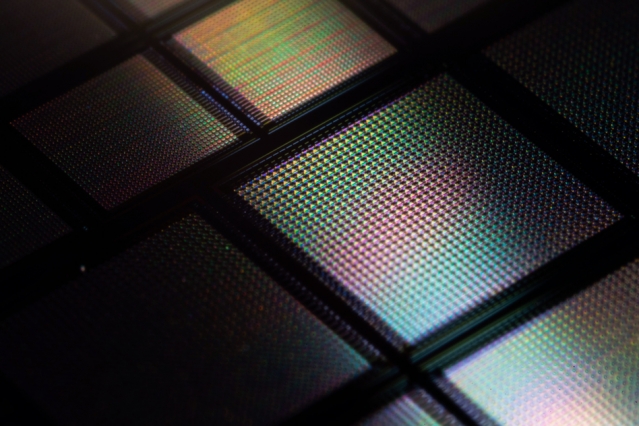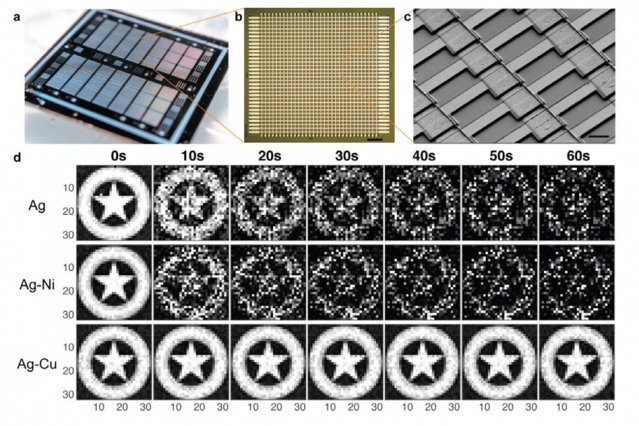
The MIT research team designed a microscopic AI chip that is less than the size of a piece of colored paper. This chip is a design example of a neuropolymorphic device that processes information in a way that mimics the brain neuron structure by placing tens of thousands of passive elements called memristors on the chip as artificial brain synapses.
Existing Neumann computers perform specific tasks by treating electronic circuits as two types of data, 0 and 1. In contrast, memristors can perform a much wider range of operations than binary transistors by treating the current strength as a signal strength, like a human brain synapse. It accumulates a signal related to a specific current strength into so-called memory, and generates the same signal the next time the same current is received.
In other words, using a memristor made up of circuits that have been hinted at this brain makes it possible, for example, to push capabilities like a supercomputer into a portable device.

However, in the memristor design, it has been difficult to properly operate the conduction channel acting as an intermediary, and the reliability has been degraded. However, the MIT research team said that through metallurgical engineering, copper was extracted as a material that is compatible with both the silver used for the memristor anode shaft and the silicon used for the cathode shaft, and then stacked on both boundaries to achieve better conduction channel stabilization.
As the first test of the chip made in this way, an experiment was conducted to reproduce the Captain America shield as a gray scale image. This was applied to assign to the pixels constituting each memristor image and to modulate the color intensity relatively. It is said that the Memristor can each memorize pixel information and the chip can reproduce the memorized image multiple times.
In addition, the research team said that it was able to precisely remember the photos in the MIT campus and blur or sharpen them. The research team is trying to build an artificial synapse network that has existed as software so far with realistic neural network hardware, and explained that it will be able to be used in portable AI systems in the future, and that advancement of this technology will have a powerful image recognition task performance. He added that one day, we may be able to carry around supercomputers and cybernetic brains that perform these kinds of tasks without being connected to the internet cloud. Related information can be found here .


















Add comment